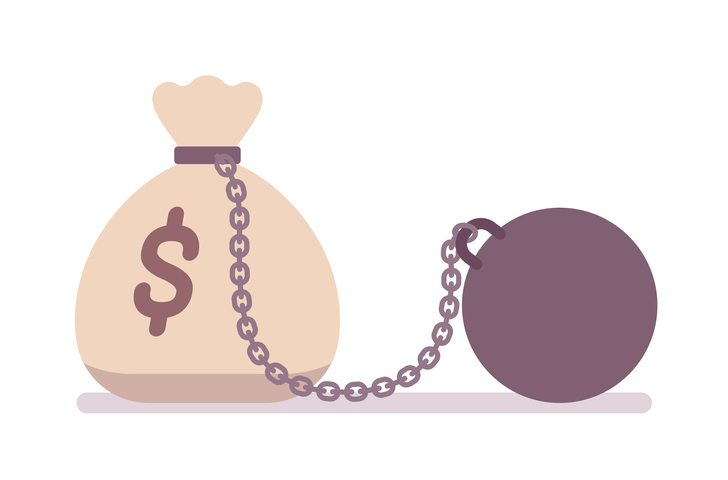The average student now graduates from college with around $30,000 in loan debt. However, the most recent data from the Council of Graduate Students states that 1.74 million students are continuing their education with Master’s and Ph.D. programs, piling on even more student loan debt. Currently, graduate student degree holders account for 40% of the over $1 trillion in total student loan debt for the country, according to The Wall Street Journal.
Depending on your job and other financial responsibilities, paying back that amount of debt could take a lifetime. That’s why it’s paramount to tackle your student loan with an aggressive strategy. Start your journey with these tips:
1. The debt avalanche method.
There are several different debt repayment strategies developed by experts. One of the most popular is the debt snowball plan. It recommends that borrowers pay back the loan with the least amount owed with the idea that paying off small student loans will help borrowers build momentum toward paying off the larger loan amounts.
The debt avalanche method, however, encourages borrowers to pay off the student loan with the highest interest rate first. This strategy helps graduates save more money in the long run. At the same time, borrowers should pay the minimum on any other student loans.
2. Take advantage of extra income opportunities.
In addition to your real job, it may be beneficial to look for other income opportunities. You could pet sit for friends and family, become a brand ambassador for a product or clean houses. Fortunately, there are a plethora of industries that offer part-time work. Using all income from your side job could enable you to make extra payments on student loans.
It’s also worth exploring student repayment help at your job. While the practice is still relatively new, there are companies that are beginning to help their employees pay down their student loans. Ask your boss or talk to the human resources department about student loan assistance.
3. Make extra payments.
Student loans require a minimum monthly payment in order to prevent the loan from going to default. However, if you’re making the minimum payment, it will take decades to pay off your student loans. Aim to pay the minimum monthly payment as well as the interest that you will accrue for the loan for that month. To determine your daily interest costs, multiply your interest rate by the current balance on your student loan; then divide that by the number of months in the year. That figure will serve as the amount of interest your student loan is accruing each month.
When you can, make extra payments. If you have a surplus of $50 or $100, use it to pay down your student loans rather than something superfluous.
If you want to get serious about eliminating your student loan debt, it will require your fair share of sacrifice. You may have to pass on vacations, shopping sprees and home décor for your new apartment. But all of that is just “for now.” Paying off student loans will enable you to save money faster for those things you really care about – like your first home, trips abroad and building your nest egg for retirement. A little sacrificing now, means less sacrificing later.
For more student loan repayment advice, visit our Student Loan Center.
3 Ways to Pay Off Big Student Loans Faster

Get rid of your student loan debt with these tips.